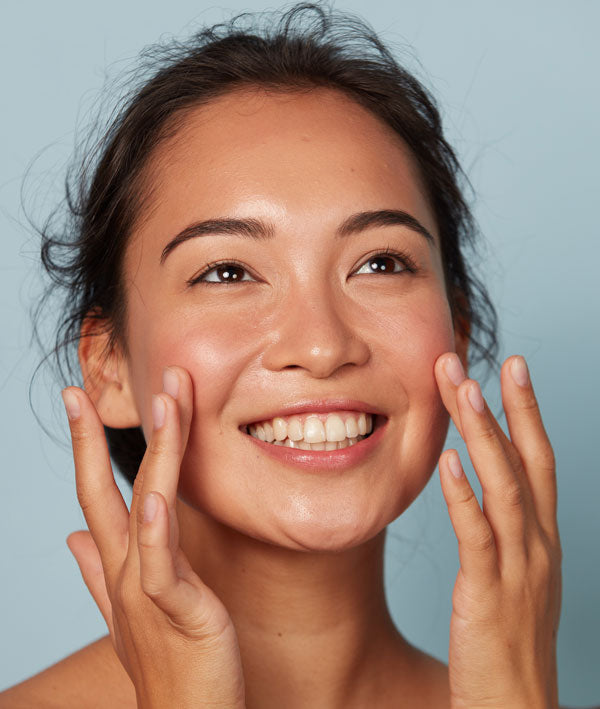When it comes to tackling hyperpigmentation, a vitamin C serum should be one of the first tools you reach for to achieve a more even skin tone. But exactly how do you pick the right formula – and how should you use it in your routine? This quick guide will cover everything you need to know about using a vitamin C serum for hyperpigmentation.
Understanding Hyperpigmentation
Hyperpigmentation (also referred to as dark spots) is used to describe uneven discoloration in the skin. There are a range of different forms of hyperpigmentation, but each is caused by overproduction of melanin (or skin pigment).
One common form of hyperpigmentation is sun spots, which may also be referred to as age spots. These marks are caused by UV ray exposure over time.
Many people also deal with post-inflammatory hyperpigmentation, which is triggered by injury to the skin. Those with acne-prone skin often deal with this form of hyperpigmentation after a blemish has healed.
Last but not least, there is melasma, which is tied to fluctuations in hormones. Many women deal with this type of hyperpigmentation during pregnancy, and will typically see it on the chin, cheeks, and forehead.
Hyperpigmentation in itself is not harmful. That said, many choose to seek treatments to achieve a more even skin tone.
Role of Vitamin C in Skincare
Vitamin C is a science-backed ingredient that has been shown to tackle some of the most common skin concerns. The antioxidant protects the skin against damage from environmental aggressors, and also supports collagen production to maintain firm, elastic, and youthful skin.
As far as hyperpigmentation goes, vitamin C is one of the most effective over-the-counter solutions for fading discoloration. This ingredient blocks the activity of an enzyme called tyrosinase, which plays a key role in melanin production. By doing this, it helps reduce the appearance of hyperpigmentation. Since vitamin C is an antioxidant, it also shields the skin against harmful free radicals, which can damage the skin and further contribute to uneven skin tone.
How to Use Vitamin C Serum for Hyperpigmentation
As with most serums, consistency (and a little bit of patience!) is key. In order to fade hyperpigmentation as quickly as possible, you should use your vitamin C serum at least once daily.
Apply your serum to clean, dry skin, and then allow it to absorb into the skin for at least a couple minutes. After that, apply any other serums you may be using (such as ahydrating serum), and then finish off with a moisturizer. During the day, you should apply sunscreen as the final step in your routine.
Choosing the Right Vitamin C Serum
There’s no shortage of vitamin C serums available on the market, but not all are created equal. It’s crucial that you consider a few factors to pick a top-performing formula.
The best vitamin C serums will be formulated with vitamin E and ferulic acid. Research has shown that these ingredients enhance the efficacy of vitamin C and improve its stability. They also have their own powerful antioxidant benefits.
We also highly recommend seeking out a formula packaged with an airless pump, as vitamin C easily oxidizes when exposed to air. Proper packaging is necessary for keeping the formula potent and effective.
If you’re looking for your perfect vitamin C serum, take a look at our Vitamin C Boost Serum, which is thoughtfully crafted to be suitable for all skin types. Along with vitamin E and ferulic acid, this potent serum is formulated with hydrating ingredients for supple and smooth skin.
The clean and cruelty-free formula is also made without fragrances, which can aggravate the skin. With regular use, it’s designed to brighten the complexion and improve uneven skin tone as it diminishes signs of aging and shields the skin against environmental aggressors.






